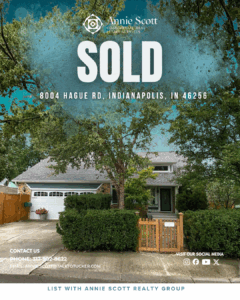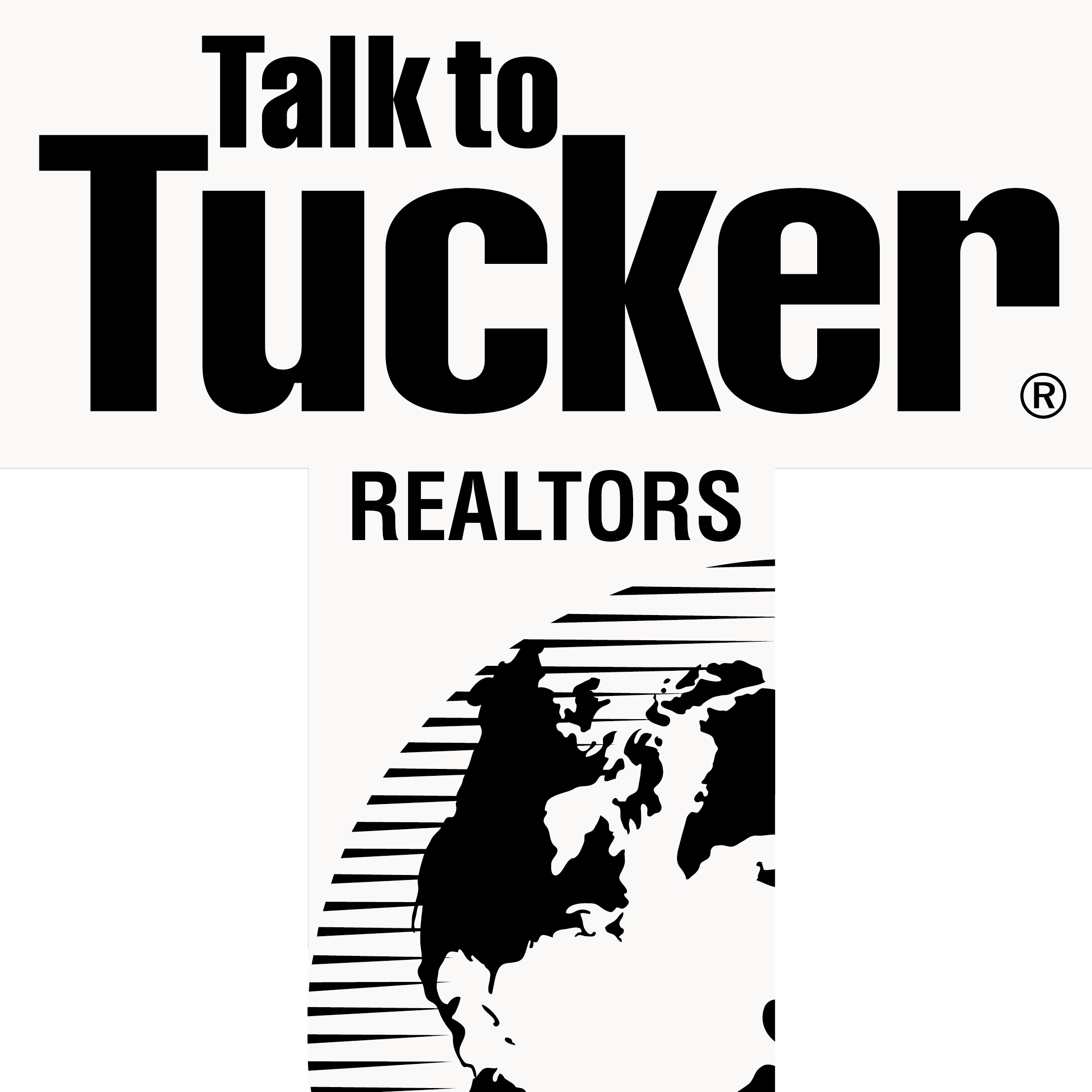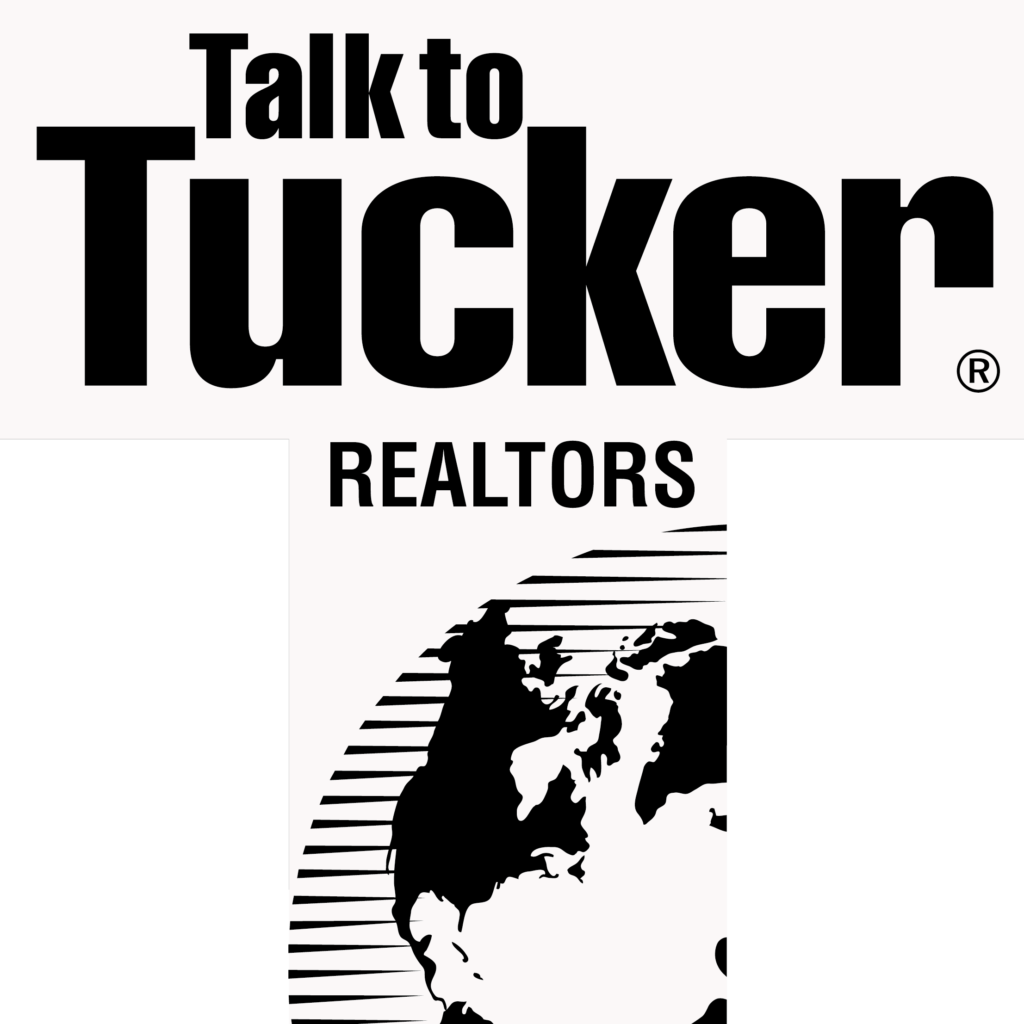
When most investors think about commercial real estate, their minds often go straight to the big names: Indianapolis, Carmel, Fishers. But increasingly, the most promising returns aren’t found in these dense, competitive markets—they’re emerging just beyond them.
Take Greenfield, Indiana, for example. Located only 25 miles east of downtown Indy, Greenfield is one of the fastest-growing small cities in Central Indiana. With a business-friendly environment, available land, and a surging residential base, it offers a compelling alternative for investors looking to unlock opportunity without paying top-dollar premiums.
Here’s why smaller markets like Greenfield should be on your commercial investment radar.
1. Lower Barriers to Entry—and Higher Cap Rates
Why it matters: In smaller markets, your dollar goes further.
Commercial properties in Greenfield typically come at lower purchase prices per square foot than comparable assets in Carmel or downtown Indianapolis. That means:
- Higher cap rates
- Lower upfront capital requirements
- Greater flexibility in repositioning or upgrading
For investors: This translates to stronger cash-on-cash returns, faster breakeven timelines, and more room to scale.
2. Less Competition from Institutional Buyers
Smaller markets like Greenfield are often overlooked by national REITs and institutional investors who focus on core cities. That opens the door for:
- Local and regional investors
- First-time commercial buyers
- Portfolio builders looking for value-add opportunities
In Greenfield, deals can be negotiated more personally, and sellers are often open to working with buyers who bring creative vision or community interest.
3. Strategic Location with Growing Infrastructure
Greenfield sits along U.S. Highway 40 and I-70, offering excellent access to Indianapolis, the airport, and surrounding logistics routes. It’s increasingly attractive for:
- Light industrial and warehouse development
- Medical office expansion
- Retail and service businesses that serve the growing population
Recent infrastructure improvements, economic development initiatives, and active planning from the city make it a high-potential corridor for future growth.
4. A Business-Friendly, Pro-Growth Environment
Greenfield’s leadership is focused on attracting business investment and supporting entrepreneurs. The city actively works with:
- Local developers and brokers
- State and regional economic development groups
- Public-private partnerships to revitalize key corridors
Investors may also benefit from tax abatements, TIF districts, and grants that reduce development costs and improve ROI.
5. Demand Driven by Residential Growth
As the Indianapolis metro expands, Greenfield is welcoming hundreds of new residents each year. This rising population means:
- A growing demand for retail, dining, and entertainment
- Increased need for healthcare and professional services
- A broader workforce for light industrial and logistics users
Whether you’re leasing to national tenants or small business owners, population growth supports sustainable demand.
6. Easier Municipal Navigation
In smaller cities like Greenfield, you’re more likely to receive:
- Direct access to city planners and permitting staff
- Faster response times and approvals
- Greater collaboration on site plans, zoning, and signage
This can significantly reduce project delays and help you execute your vision more efficiently than in large metro municipalities.
Final Thoughts
Smaller markets are no longer secondary—they’re the smart investor’s advantage. Greenfield, Indiana, is a prime example of where strong fundamentals, available property, and future-focused planning come together to create real opportunity.
At Annie Scott Realty Group LLC, I specialize in identifying and unlocking commercial value in both established metros and emerging towns like Greenfield. Whether you’re looking for your first property or your fifth, I’ll help you see what others miss—and move with confidence.
Let’s talk about how a smaller market can deliver big potential for your portfolio.
Photo Credit: Luxury Presence
Sources:
- Hancock County Economic Development Council
- U.S. Census Bureau – Greenfield Growth Trends
- Indiana Department of Transportation – Corridor Plans
- Indiana Commercial Real Estate Board Reports


